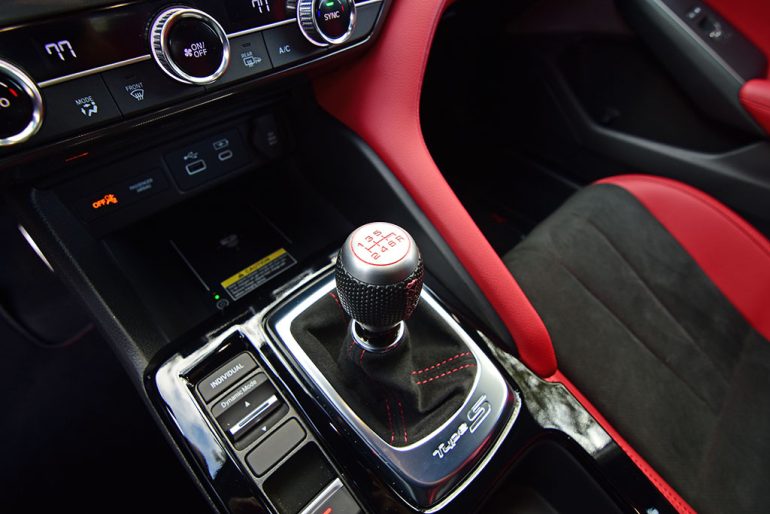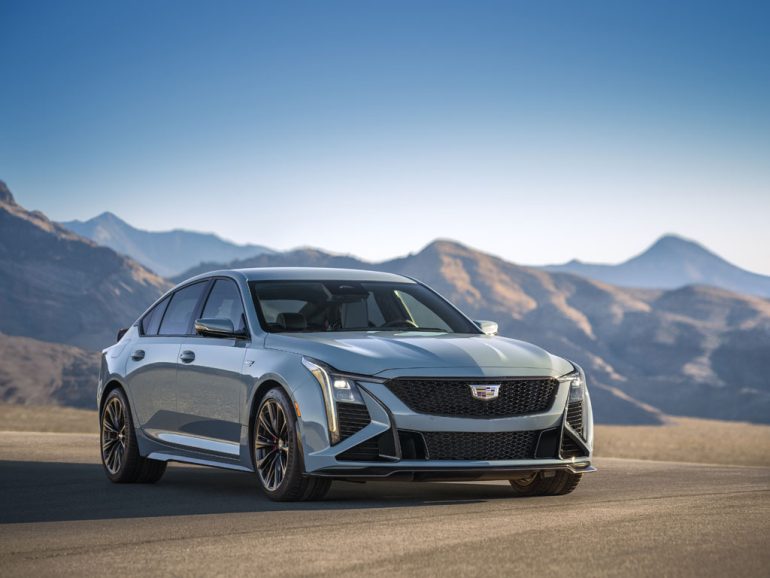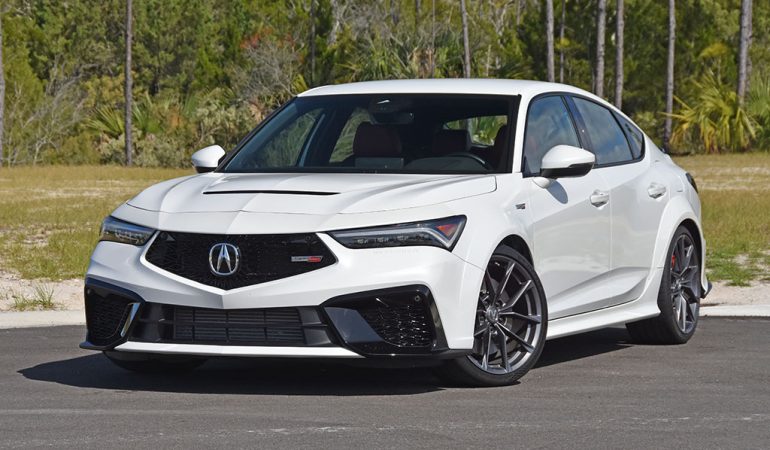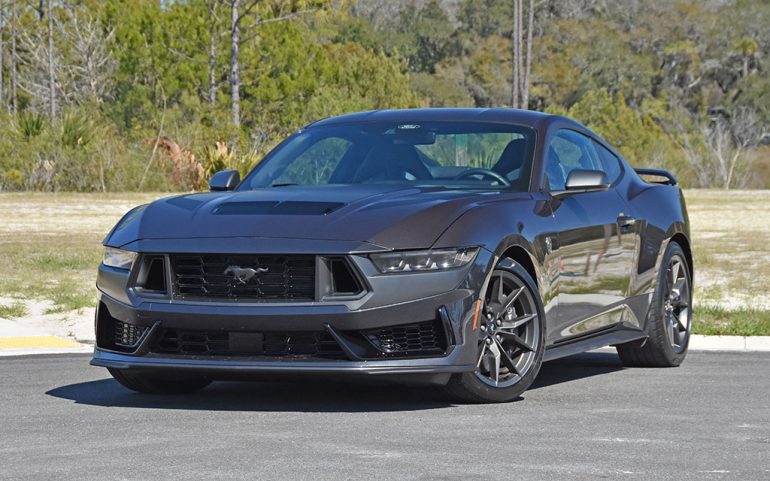Automotive

If the 2000s were the decade Americans traded sedans for SUVs, the 2020s are shaping up as the era drivers traded clutch pedals for convenience. Automatics no longer feel like a compromise, traffic is heavier, and the rise of hybrids and EVs has nudged the market toward gearboxes that manage themselves. The result is a seismic shift that once felt unthinkable to enthusiasts raised on heel-and-toe downshifts.
You can see the pivot most clearly in Europe’s big five markets. In 2001, manuals accounted for roughly 91 percent of registrations across Germany, the UK, France, Italy, and Spain. By 2024, that share sank to 29 percent, with country-by-country drops that tell the story in bold type: Germany from 83 to 18 percent, the UK from 86 to 22, France from 95 to 28, Italy from 98 to 48, Spain from 97 to 41. Those figures mirror what shoppers see in showrooms where automatics now dominate even mainstream nameplates.

America’s curve is even steeper. Manuals represented about 28 percent of U.S. new-vehicle sales in 2001, then faded to around 0.7 percent in 2024. There was a brief blip of good news in 2023 when take rate ticked up to about 1.7 percent, thanks to a handful of halo models and renewed interest among younger buyers, but the broader market quickly settled back under 1 percent last year.

Why it happened is part technology, part lifestyle. Modern automatics and dual-clutch units shift faster and often deliver better efficiency than a human can manage, while advanced driver-assistance systems pair more neatly with two-pedal hardware. In Europe and the UK, the march toward electrification accelerates the swing because battery electric vehicles are automatic by nature, and more drivers now learn on automatics to begin with. As EV market share grows, the manual’s foothold shrinks.

Still, the stick is not entirely extinct. A few bright spots keep the flame alive, and their take rates prove the passion is real where the option exists. Toyota reports manual buyers make up roughly 53 percent of GR86 sales, Supra manuals jump to about 65 percent, and the BMW M2 hovers near 50 percent. Even bread-and-butter performance hatches like the Honda Civic Si and Acura Integra continue to attract drivers who want to shift for themselves. These are outliers in a market dominated by automatics, yet they show engagement still sells when a proper three-pedal setup is on the order sheet.
Vehicles you can still buy new in America with a manual transmission
- Acura Integra
- BMW M2, M3, M4, and Z4
- Cadillac CT4-V and CT5-V Blackwing
- Ford Mustang
- Honda Civic Si and Type R
- Hyundai Elantra N
- Lotus Emira
- Mazda 3
- Mazda MX-5 Miata
- Mini Hardtop and Convertible
- Nissan Z
- Porsche 718 (Boxster/Cayman) and 911
- Subaru BRZ and WRX
- Toyota GR86, GR Corolla, and GR Supra
- Volkswagen Jetta GLI
The counterweight is attrition. Some icons are bowing out of the manual era, often with a special edition as a sendoff. Volkswagen’s GTI 380 marked the end of the stick-shift Golf in the United States, a symbolic moment for a car that taught generations to love a manual. Each time an affordable, high-volume model drops the option, the pool of new manual drivers shrinks a little more.
There is also an emerging twist in the EV space where brands are trying to simulate the old-school feel without the hardware. Hyundai’s Ioniq 5 N uses software to mimic an eight-speed gearbox with torque cut and a synthetic redline, and Lexus has previewed an interactive manual drive mode that layers a shift pattern and clutch-like logic onto an electric powertrain. Purists will debate the authenticity, but these experiments prove carmakers know the tactile appeal of a well-timed shift is still powerful.

The bigger picture is hard to ignore. In markets that matter for global product planning, automatic and electrified powertrains now set the pace. For shoppers in the United States who want to row their own, choice is narrowing to enthusiast specials and a few base models that still make a cost case for the clutch. For everyone else, the latest automatics deliver repeatable speed, easier commutes, and better integration with safety tech, which is why they keep winning.
So yes, the manual transmission is on life support in the USA, yet not quite ready for last rites. A small but vocal crowd is keeping it alive one special order at a time, and brands are finding clever ways to bottle that analog joy for the electric age. If you want to be part of the resistance, your move is simple. Learn the skill, buy the car, and shift while you still can.
FOLLOW US TODAY:

Darryl Taylor Dowe is a seasoned automotive professional with a proven track record of leading successful ventures and providing strategic consultation across the automotive industry. With years of hands-on experience in both business operations and market development, Darryl has played a key role in helping automotive brands grow and adapt in a rapidly evolving landscape. His insight and leadership have earned him recognition as a trusted expert, and his contributions to Automotive Addicts reflect his deep knowledge and passion for the business side of the car world.


